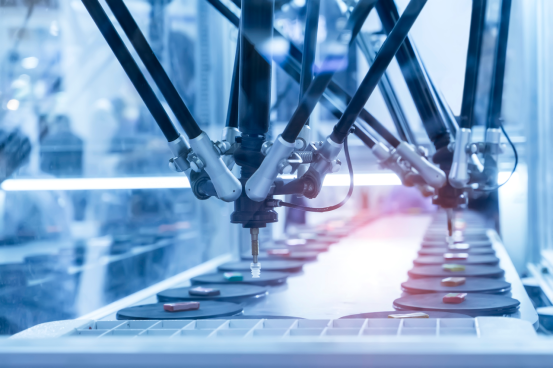The Evolution of Biopharmaceutical Production: From Innovation to Impact
As biotechnology continues to mature, the methods used to produce life-saving biologics are becoming smarter, cleaner, and more efficient. From the adoption of single-use systems to the integration of AI, these breakthroughs are not only improving manufacturing speed but also transforming healthcare accessibility and sustainability.
As biotechnology continues to mature, the methods used to produce life-saving biologics are becoming smarter, cleaner, and more efficient. From the adoption of single-use systems to the integration of AI, these breakthroughs are not only improving manufacturing speed but also transforming healthcare accessibility and sustainability.

Next-Level Cell Culture Innovations
Advances in bioprocessing have redefined cell culture efficiency. Techniques such as perfusion culture and continuous bioprocessing keep cells in their optimal growth phase longer, significantly increasing productivity. Real-time data collection enables precise control over critical parameters like temperature and nutrient feed, reducing variability and improving the reproducibility of high-value biologic drugs.
Benefits of Disposable and Modular Systems
Single-use and modular facilities represent a major leap forward for the biopharma sector. These systems eliminate the need for extensive cleaning and validation cycles, offering faster changeovers between production runs. The flexibility of disposable equipment supports decentralized manufacturing models—allowing companies to produce closer to patient populations and respond quickly to global demand surges.
Automation, Data, and Artificial Intelligence Integration
Automation and AI integration have streamlined every phase of biopharma production. Smart manufacturing systems can predict maintenance needs, detect anomalies, and adjust processes automatically. Advanced robotics handle repetitive operations, while AI platforms process complex datasets to improve process design. These innovations minimize downtime and waste while boosting consistency and throughput.
Evolving Standards in Quality and Compliance
Modern regulatory frameworks now embrace advanced quality analytics, allowing for adaptive control strategies. Techniques like real-time release testing (RTRT) and multivariate data analysis ensure compliance without sacrificing speed. Enhanced traceability and electronic batch records support greater transparency—an essential factor for global supply chain reliability.
Expanding Frontiers of Genetic and Molecular Therapies
Gene and RNA-based technologies are now the driving forces behind the next wave of personalized medicine. From mRNA-based vaccines to gene editing therapies, production systems have adapted to handle highly sensitive biomolecules. These developments shorten development cycles and open new therapeutic frontiers for previously untreatable diseases.
Commitment to Green and Sustainable Biomanufacturing
The move toward sustainable production is reshaping facility design and operations. Many companies are investing in renewable power, waste recycling, and solvent recovery technologies. Life cycle assessments are being integrated into process design to minimize environmental impact while maintaining productivity. This approach reflects a broader shift toward circular economy principles in pharmaceutical manufacturing.
A Smarter, More Resilient Future
The global biopharma industry is entering an era where adaptability and innovation are intertwined. Continuous process improvement, digital intelligence, and ecological responsibility are redefining what it means to deliver quality healthcare solutions. The future of biopharma manufacturing lies in uniting efficiency with sustainability—ensuring that breakthrough therapies reach patients faster, safer, and more responsibly than ever before.

